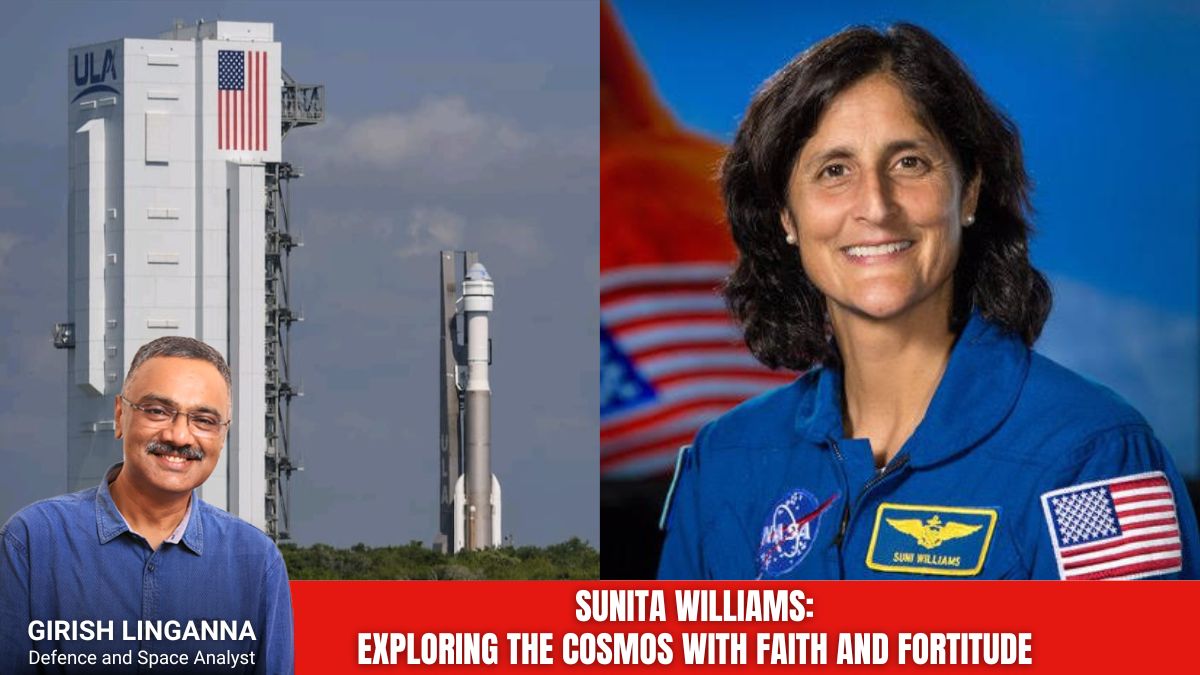The Starliner spacecraft, which was designed by NASA under a $4.2 billion agreement to transport astronauts to space, encountered a range of issues that caused significant delays in its launch with crew members.
One major setback occurred when its onboard computer malfunctioned during its first test flight.
The second test flight of the Starliner spacecraft had to be canceled because the valves in its service module became stuck and could not function properly.
After a successful unmanned test mission, Boeing uncovered a problem: the tape used as insulation on the wiring inside the spacecraft was found to be flammable, necessitating its removal.
Additionally, the parachute system faced difficulties, leading the company to redesign and reinforce the connection between the parachutes and the spacecraft.
Boeing’s Starliner: Crewed Mission
After a decade since NASA granted Boeing a contract to transport astronauts to the International Space Station, the company is finally preparing to launch its Starliner spacecraft with crew members on board. If everything proceeds as intended, at 08.04 am on Tuesday ,two experienced astronauts, Sunita Williams and Barry “Butch” Wilmore, will embark on a mission that will serve as a crucial examination for Boeing’s space division and NASA after several years.
Boeing’s Starliner spacecraft is scheduled to launch from Cape Canaveral, Florida, on its mission to the International Space Station.
The objective of the flight is to assess the spacecraft’s performance in space while carrying a crew. If everything proceeds smoothly, the spacecraft will rendezvous with the swiftly moving space station, which travels at a speed of 17,500 mph (28,160 kmph), approximately one day after launch.
During the mission, the crew members will have the opportunity to manually pilot the spacecraft before it autonomously docks with the space station. NASA and Boeing will closely observe the performance of the spacecraft’s heat shield and parachutes as it safely returns astronauts Williams and Wilmore to Earth after approximately eight days.
In the event of a successful mission, Boeing will join SpaceX, led by Elon Musk, as the second private company capable of ferrying astronauts to and from the International Space Station (ISS).
Sunita Williams: Spiritual Astronaut
Sunita Williams, 58 years old, an astronaut of Indian origin, is preparing for her third space journey on Tuesday. In her previous missions, she brought the Bhagavad Gita with her into space.
However, for her upcoming flight as the pilot on Boeing’s Starliner spacecraft, she will carry a Lord Ganesha idol, which she considers her “lucky charm.” Williams, in an interview with NDTV, mentioned that she identifies more as spiritual rather than religious.
Sunita Williams expressed her intention to bring a statue of Lord Ganesh during her upcoming commercial crew flight, explaining that Lord Ganesh is her personal symbol of good luck. She happily shared her excitement about having Lord Ganesh accompany her on her journey into outer space.
As per the report, while she may feel a bit anxious, Sunita Williams does not have any apprehensions about flying in a new spacecraft. She expressed that upon reaching the International Space Station, it will feel like coming back to her familiar abode.
(Views expressed in the article are of author’s own and do not reflect the editorial stance of Business Upturn)


